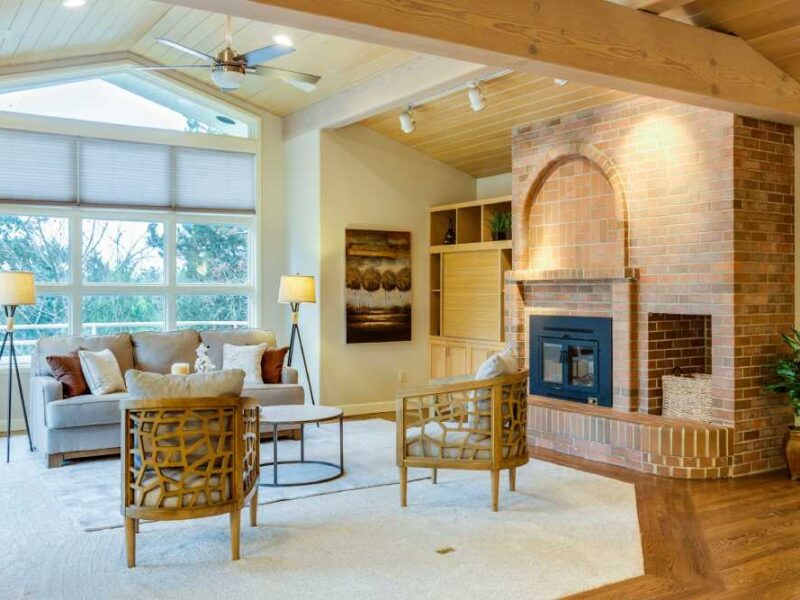Installing an AC system is a major investment that requires careful planning and consideration. With proper selection and installation, an AC system can provide years of reliable cooling and improve indoor air quality. However, the wrong AC system or poor installation can lead to high energy bills, frequent repairs, and other headaches. Before deciding on installing an AC system in your home or office, keep these seven important factors in mind.
Type Of AC System
The first decision to make is what type of AC system to install. The most common options are split systems, window units, and central air conditioning. Split systems have an outdoor condenser and compressor with an indoor air handling unit, providing powerful and energy-efficient cooling for individual rooms. Window units are inexpensive and easy to install in existing windows to cool one room. Central air conditioning cools your entire home with a system of ductwork and vents. Consider the number of rooms you want to cool, your budget, efficiency needs, and aesthetics to choose the best system type.
If you’re searching for the best types of AC units in Arizona, click on the link to find out the ideal ones.
Size And Capacity
Once you’ve decided on a type of AC system, the next step is to determine the appropriate size and capacity you need. A unit that is too small won’t be able to cool your space effectively on hot days. An oversized AC will cycle on and off frequently, preventing it from properly dehumidifying the air. Have an HVAC professional calculate the correct BTU rating you need depending on room sizes and layout. Get quotes for a few different capacities around this rating to find the optimal balance of comfort and energy efficiency.
Energy Efficiency Rating
Carefully consider the SEER and EER ratings that measure AC efficiency. While high-efficiency units have a greater upfront cost, they can significantly reduce your electricity bills over time compared to buying a cheaper, low-efficiency AC. Look for the ENERGY STAR logo and aim for SEER ratings of 14 or greater and EER of 12 or more. Doing a cost-benefit analysis will tell you when it’s worth investing in a more efficient system.
Installation Location
Proper installation location is key for AC performance and efficiency. Split and window units will need to be installed near exterior walls for ventilation purposes. The outdoor condenser of split systems should have at least 2 feet of clearance on all sides and not be covered by landscaping. Window units require appropriate window dimensions. For central air, the evaporator coil should be matched to an efficient furnace and installed where it’s easily accessible for repairs.
Ductwork
For central air conditioning, your existing ductwork must be evaluated to ensure it can handle added AC capacity. Old, leaky, or improperly sized ducts will make your AC work harder and drive-up energy consumption. A thorough duct inspection is a must to check for leaks, insulation, and connections. Duct repairs, sealing, and replacement are sometimes needed to optimize air circulation before installing central air.
Home Insulation
Your home’s insulation also impacts AC performance and electricity use. An insufficiently insulated attic, walls, and foundation will increase cooling costs. Heat transfer into your home from poorly insulated areas forces your AC to work nonstop in summer. Investing in proper insulation like spray foam, radiant barrier, and weather stripping before installing AC can improve efficiency.
To Wrap Up
Making well-informed choices when selecting and installing a new AC system for your home or business will maximize performance and value over its lifespan.




